Even if you know zip about gardening, you can add an herb bed to your yard in an afternoon that makes your property look special.
Okay, maybe not so it looks as full and lush as the photo at the left, but I'm here to tell you that herb gardens have an almost magic attractiveness, and at the same time, are very do-able.
And when you are selling your home, you need all the attractiveness you can get!
What's the big deal about herb plants, you ask? Well, for starters
- Neatness counts. Herbs tend to have a tidy look about them. Most don't grow real fast, so they stay tidy. That's a plus for curb appeal if your herbs are at the front of your house.
- Antiquity counts. An herb bed, even a new one, makes a garden or yard look more established. Herbs have an air of permanence and maturity about them. If your house is fairly new, herbs add some character and age.
- Save money. One herb plant can stand alone as a specimen in a small garden and still look interesting. You don't need a row, a bed, or a drift of the same kind of plant, which is not the case with most perennials and annuals. Many herbs look great in pots, which means you can move your garden with you when your house sells.
- Assault the senses. Most herbs are fragrant. Many have blossoms. All have interesting textures and colors.
- Intrigue buyers. A well-designed, interesting herb garden encourages lingering. The longer house hunters spend at your property, the greater the chances of them buying. Even a simple herb garden makes your landscaping unique, something buyers will remember after a day of touring homes.
- Look like an expert. Usually an herb bed has a formal structure, like a square, four squares, or a circle with quadrants, so it's easy to plant something that looks like you know what you are doing.
- Sell the package. A focal point in the bed anchors it, and can create the atmosphere that will help sell your house -- a specific sculpture, birdbath, trellis, or planter box. Outdoor focal points remind buyers that there's more than a house for sale. There's property, too! And, of course, these garden ornaments don't have to convey with your home's purchase.
- Small is good, too. Even if you are selling a condo or townhouse, a grouping of potted herbs or a windowbox of herbs adds a certain something, a je ne sais quoi. (I had to look up the spelling.)
- Their beauty lasts. Many attractive herbs are not only perennial but stay good-looking all year long, such as rosemary and bay laurel.
- Create a sitting room. A backyard herb bed, even a tiny one with a bench, suggests a destination for prospective home buyers on their tour, a new vantage point for them to observe the house and surroundings.
- Herbs mingle. When there are bare spots in a landscape, herb plants can be counted on to combine well. They will carpet a sparse rose bed, add another layer to a row of foundation shrubs, act as placeholders for tulips and other spring flowering bulbs, or fill the gaps between stepping stones.
- Tempt buyers. House hunters who are gardeners will be attracted to the idea of an already etablished herb garden, but because the usual herb garden is orderly and mulched, it doesn't look like a maintenance nightmare to house hunters who aren't into yardwork.
- It's DIY-friendly. No matter what kind of soil you have, or how much gardening experience you have, an herb garden looks fine and will prosper in a raised bed that you can construct yourself, and fill with the kind of well-draining soil that herbs thrive in.
- They are versatile. No matter what style your home is, from humble country cottage to McMansion, there's an herb garden style that's just right.
I grow about 25 different herbs, some culinary, some medicinal, some ornamental. These are some photos from my garden. In another post, I will give a step-by-step for making a simple herb garden that will add value to your home.
 |
| Echinacea flower. You can see why I love the macro lens. |
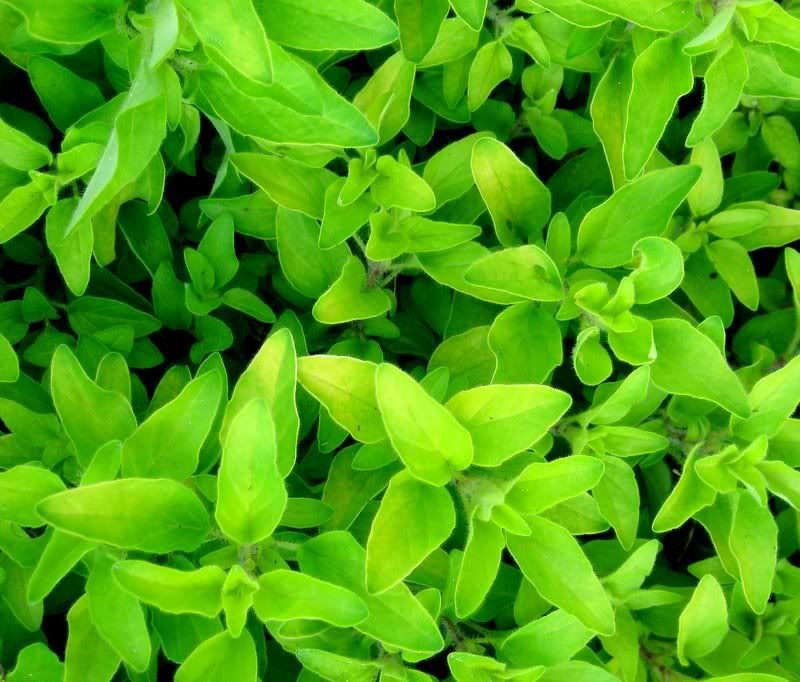 |
| Although it looks color-enhanced, this is actually an accurate depiction of a certain oregano. | |
 |
| When you start with subjects from nature, it almost feels like cheating to get good pictures. |
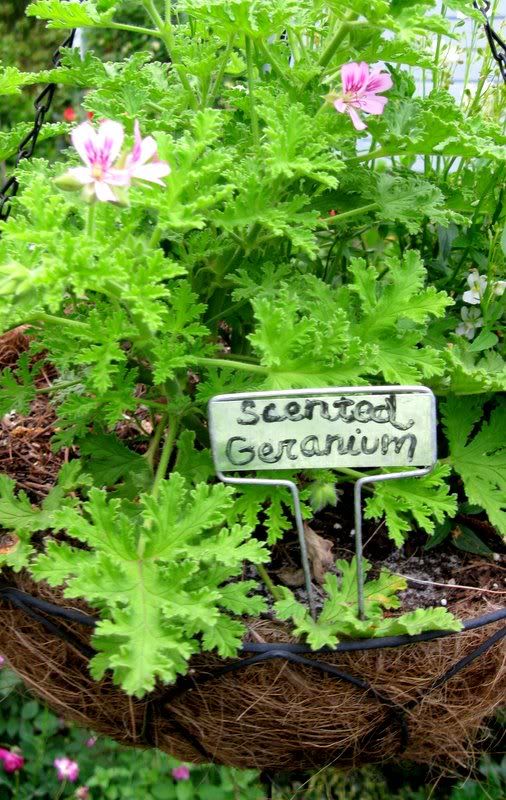 |
| I try to find images that tell a story, even if it's just a lettered sign or label. |
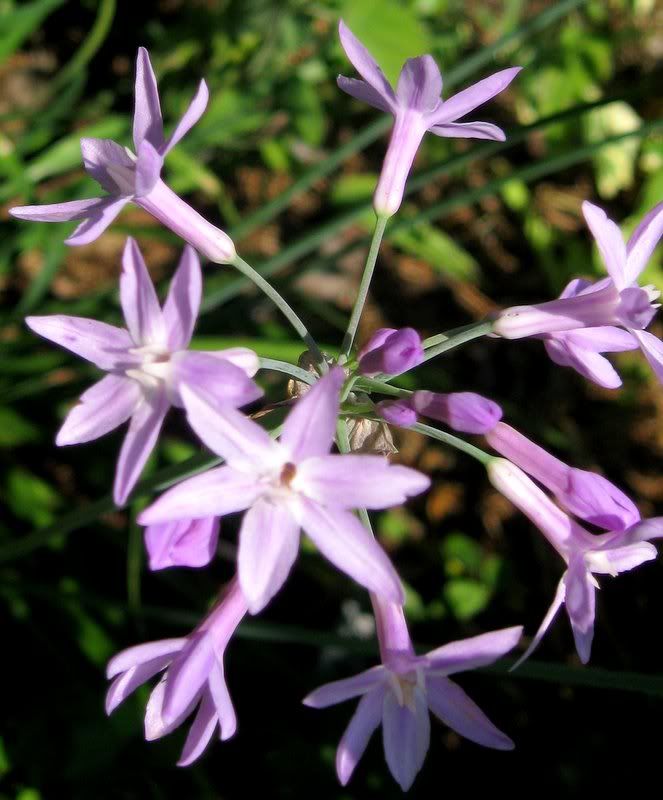 |
| Flower of a society garlic plant. I couldn't resist cropping close and enlarging it. |
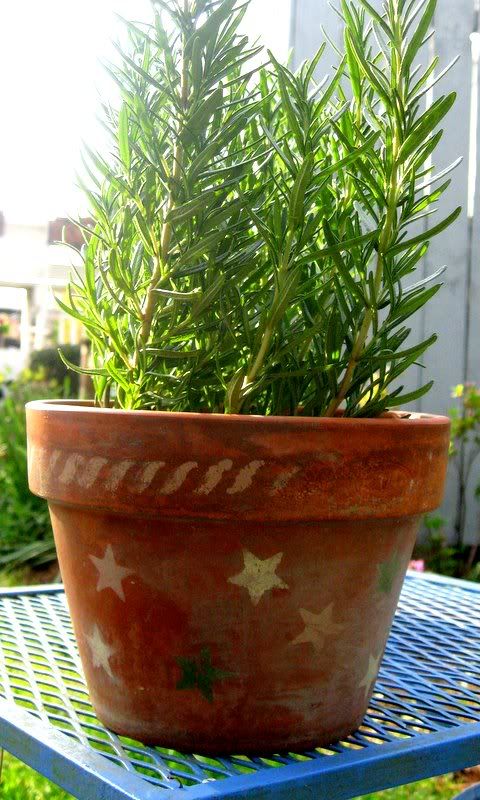 |
| I deliberately put the sun behind this rosemary plant to give it a hazy look. |
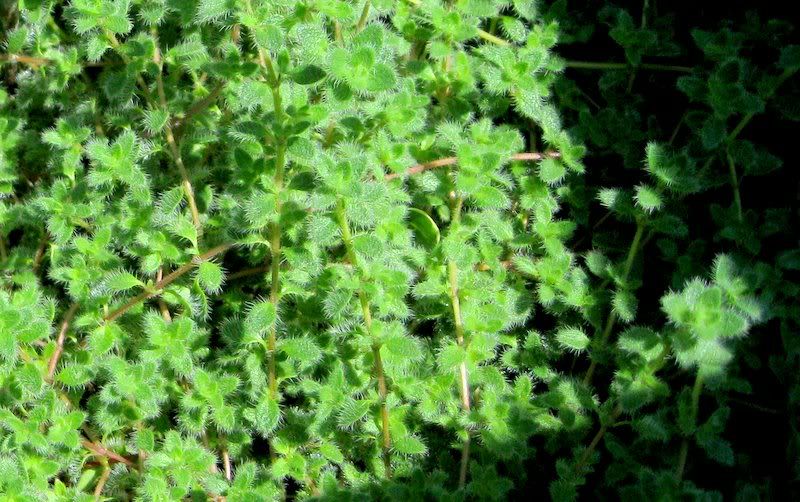 |
| Closeups let you see what's not visible to the naked eye, like the tiny hairs on woolly thyme. |
I am linking this post to a new Linky Party called Photo Feature Friday at A Rosy Note, so I am including these notes: My camera is a simple Cannon PowerShot A1000 IS. I will admit right here that most of the options available, I don't even use, like adjusting the tone, zoom, or changing the recording pixels. The result is I'm not always happy with my pictures. I am hoping that I can push myself to take better pictures by tuning in to Tricia's Linky on Fridays.
Here's what does seem to work for me.
- I like to use the macro mode for a sharp focus on small details.
- I always turn the flash off.
- I like to shoot early or late in the day.
- I take excessive multiples of the same shot and delete all but the one I like best once I put them on my computer. Then I edit in Picasa.
- I usually crop to improve the composition, and then improve the contrast with the "Fill Light" and "Shadows" options.
- For indoors photos, forget nights and evenings. Nothing beats natural lighting.
- Sometimes I increase the saturation a little, but often this can make a photo look cartoonish. It's amazing what a little, simple editing can do to an ordinary shot.
- I carry my camera with me all the time.
- When I need a blog image, don't have it and can't find it online, I resort to photographing a book or magazine picture (with appropriate credit, of course). The trick is to get even, adequate light with no glare off the page. The very top photo in this post is taken from a book cover. The book is entitled Making An Herb Garden, and the author is Catherine Mason.
- The self timer and a tripod are indispensable for making good tutorials.
- The only thing I don't like about my present camera is that it has a big appetite for batteries.
I look forward to seeing what experienced photographers are doing, so I can be inspired and educated.
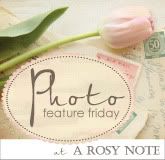










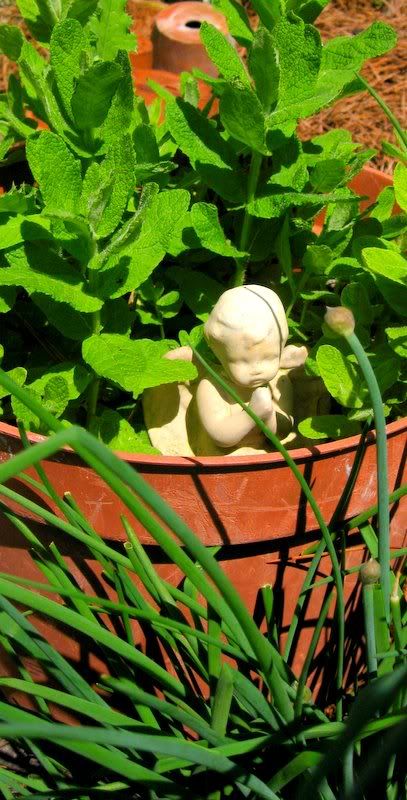
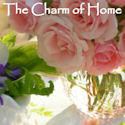
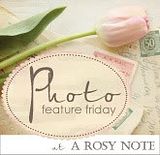

No comments:
Post a Comment